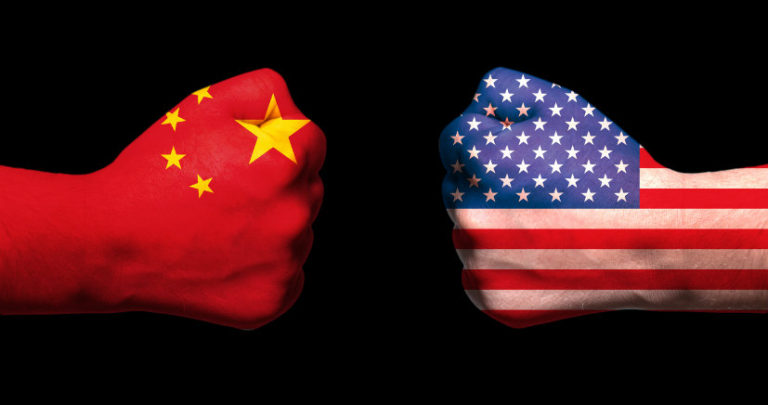Qualcomm and MediaTek have at least one hurrah left.
- In the latest twist, Samsung and Corning have tidied up the shareholding around the j.v. Samsung Corning Precision Materials with Corning buying Samsung’s 43% stake.
- In return Samsung becomes a 7.4% shareholder in Corning which comes with a long term supply agreement lasting until 2023.
- This agreement is almost all about the supply of Gorilla glass which used in most high end smartphones and tablets made by Samsung’s competitors.
- This will cause the eyebrows of those competitors to rise who will of course be wondering about whether Corning will be treating them fairly now that Samsung owns a stake in the company.
- I have no such fear. Samsung owns a small stake and is the result of Corning taking full control of the joint venture.
- However, this further underlines a recent trend in the technology industry that we have not seen for nearly 20 years.
- This is the virtualisation of technology companies.
- When PCs and handsets first appeared, the manufacturers made the components, the devices and wrote the software.
- As technology became more and more expensive to develop and the market became more competitive it made sense to outsource that development.
- This meant that technology only had to be developed once lowering the costs for all and the barriers to entry.
- Intel, Microsoft, Qualcomm, ARM and MediaTek are all great examples of companies that benefitted from technology outsourcing.
- The recent success of Apple has changed all of that.
- Apple has always been vertically integrated and now everyone is following suit.
- These days software is by far the most critical piece and control of that software is a key to long term success.
- Vertical integration allows hardware and software to be optimised such that they work perfectly together and hence deliver a better user experience.
- This is great but it is much more expensive to develop.
- As long as one has high market share, high volume and high margins this will work.
- The smartphone market is a good example of this as it has become exceedingly concentrated with Apple and Samsung earning more than 100% of industry profits.
- I suspect that this is not going to last.
- The market is slowing which means that competition will increase.
- Handsets will need to become more differentiated from each other and the number of models to adequately address the market is also likely to rise.
- This will leave the industry searching for more efficient ways of developing technology to mitigate rising costs.
- This leads straight back to the horizontal model.
- In the short term, the vertical trend is likely to continue meaning that the addressable market for Qualcomm and MediaTek may start to shrink as insourcing of chips gathers pace.
- However, I doubt that it will last and when horizontalisation returns, these two will outgrow a slowing market.
- That’s when they become exciting once again but for now there may be bumps along the road as they suffer from insourcing.









Blog Comments
Björn Ekelund
October 24, 2013 at 10:52 am
I believe this to be one of the key reasons why Ericsson decided to re-integrate the the Cellular Modems Chip Business Unit from ST-Ericsson instead of simply closing it.
windsorr
October 24, 2013 at 11:05 am
Quite possibly the case….technologically the best bit of that ill-fated JV albeit with a slight tendency to put too much emphasis on quality of life!,,,,
tatilsever
October 24, 2013 at 6:38 pm
The great theory dictates that as an industry matures, growth starts to taper. Companies start competing against each other rather than non-consumption, so they start consolidating through mergers and bankruptcies to create economies of scale and they start addressing niche areas to grow the addressable market and for differentiation on factors other than price. Of course, niche products with lower volumes are supposed to be sold at higher margin to make it a worthwhile endeavor. Yet, that is not quite what happened in PC industry. Critical component suppliers (OS, CPU, GPU) consolidated very quickly and a few came to dominate each field very early on, before a corresponding consolidation in OEMs. For every company that got out of the business, a new sucker came in all too happy to sell products at just above cost, as the suppliers managed to keep development costs and the barriers to entry low for OEMs through reference designs. Differentiation opportunities for OEMs were limited due to the unimaginatively similar form factors and the limited number of performance parameters they could modify (CPU code number, size of screen, RAM, hard disk and not much else).
We’ll see if a similar development will take place in smartphones. Despite the similar hardware form factors, (thanks to ARM’s licensing based business model) there are a number of CPU/GPU possibilities and (thanks to Google’s willingness) OEMs are able and willing to customize the OS and the user interface. Consolidation of OEMs at the high end of the market, with Apple and Samsung as the only major players, have been faster than suppliers. The basis of competition there may not boil down to just price, making customization and better integration (along with distribution, supply chain and marketing heft) more valuable than a slight rise in costs, keeping the vertically integrated model viable. At the low end, there are a lot more OEMs willing to live with low margins, so they may be willing to buy their components in the open market for any penny of savings, but competition among suppliers have been quite lively as well. This market may lead to low margins on both sides of the table. With such a dynamic, neither MediaTek’s volumes, nor its profits may outgrow the market, unlike Intel or MS.